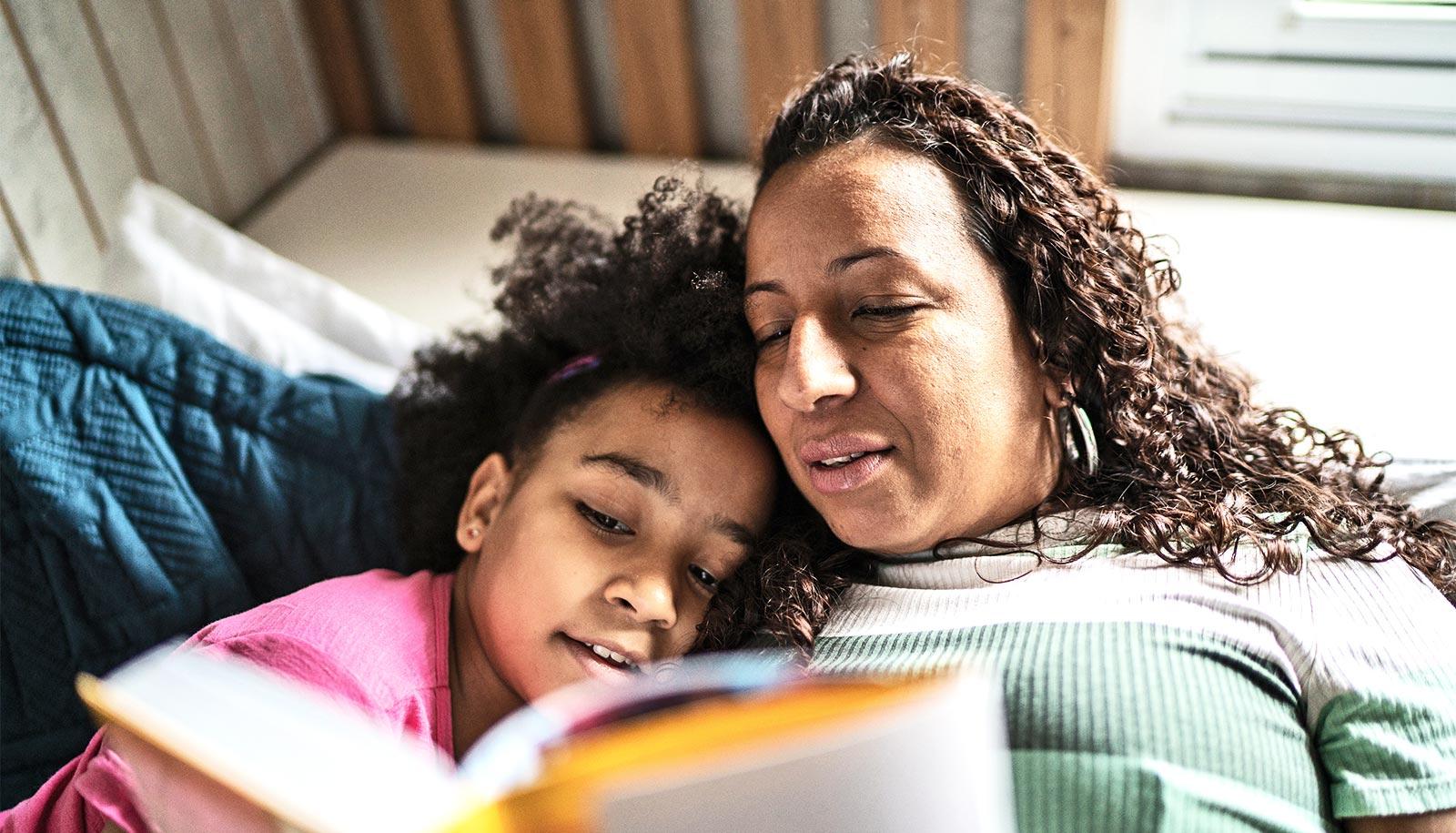More children are living in high-poverty neighborhoods after the Great Recession of 2008, a new study suggests. Researchers also found that these children lag behind in academic performance by a full school year on average.
The study examines how neighborhood and family poverty predict children’s academic skills and classroom behavior when they start school, and whether associations have changed over a period of 12 years that included the 2008 recession.
“This is a topic that should be of great concern for educators and policymakers alike.”
The researchers used data from the Early Childhood Longitudinal Study and examined cohorts of kindergarteners from across the United States in 1998 and 2010.
The research revealed that more children whose parents were not already poor were living in high-poverty neighborhoods following the Great Recession. In 1998, 36 percent of children lived in moderate-low, moderate-high and high-poverty neighborhoods. In 2010, the number rose to 43.9 percent.
The researchers defined a high-poverty neighborhood as one where 40 percent or more of residents live below the poverty line. A moderate-high-poverty neighborhood was defined as having poverty rates of 20-39.9 percent; moderate-low, 14-19.9 percent; and low, 13.9 percent or less.
When broken down by race, non-Hispanic white children had the largest change in terms of living in high-poverty neighborhoods. In 2010 they were 13.2 percentage points more likely to live in moderate-low-, moderate-high-, and high-poverty neighborhoods than in 1998.
In contrast, in 2010 non-Hispanic black children were only 4.1 percentage points more likely to live in a moderate-high-poverty neighborhood. Hispanic children were 5 percentage points more likely to live in a high-poverty neighborhood in 2010.
Rachel Kimbro, a professor of sociology in Rice University’s School of Social Sciences and founding director of the Kinder Institute’s Urban Health Program, cautions that these numbers do not mean that things got better for minority groups; it meant that things got worse for non-Hispanic whites.
“Although post-recession, more white kids were living in higher poverty neighborhoods, minority children are still significantly more likely overall to live in higher poverty neighborhoods,” she says.
Most Americans live in poverty at least once
Kimbro says she and her fellow authors are uncertain whether this shift is because higher-income families moved into high-poverty neighborhoods due to home foreclosure or other factors, or families within moderate-poverty neighborhoods losing income and becoming poorer (thus increasing the number of poor residents).
Regardless, the results are worrying, she says, because children who live in poor neighborhoods are, on average, a year behind academically, according to standardized math, reading, and writing assessment tests of the students.
“Regardless of individual family income, there is something about living in a higher poverty neighborhood that negatively affects education outcomes,” she says. “This is a topic that should be of great concern for educators and policymakers alike.”
U.S. teens in poverty go hungry so siblings can eat
Kimbro hopes the research will shed light on the impact of neighborhoods on academic success and will allow educators and policymakers to design interventions to help underperforming students.
Additional coauthors of the study are from the University of Pennsylvania and the University of Wisconsin. The paper appears in Children and Youth Services Review.
Source: Rice University



